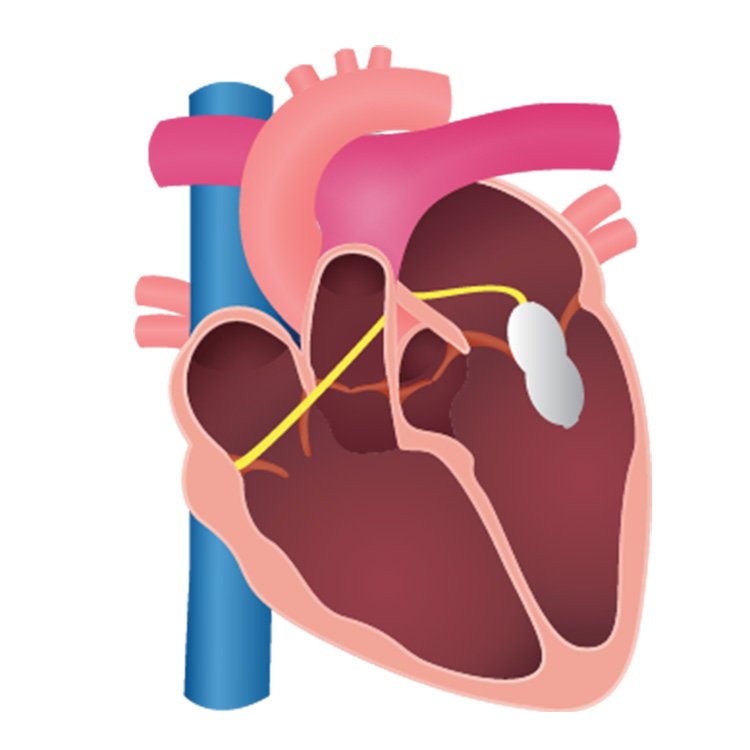Balloon Mitral Valvuloplasty (BMV)
Balloon Mitral Valvuloplasty (BMV) is a minimally invasive procedure used to treat mitral valve stenosis, a condition where the mitral valve becomes narrowed, restricting blood flow between the left atrium and left ventricle of the heart. The condition is often caused by rheumatic fever, and it can lead to symptoms like shortness of breath, fatigue, and irregular heartbeats (atrial fibrillation).
Procedure
- Preparation: The patient is given mild sedation, and a local anesthetic is applied to the catheter insertion site.
- Catheter Insertion: A catheter with a deflated balloon at its tip is inserted into a vein, typically in the groin, and guided through the blood vessels toward the heart, reaching the mitral valve.
- Balloon Inflation: Once the catheter is in place, the balloon is inflated at the narrowed mitral valve. This opens the valve by stretching or breaking the fused leaflets, allowing better blood flow.
- Balloon Deflation: After the valve is widened, the balloon is deflated, and the catheter is removed.

Benefits
- Non-surgical: It avoids the need for open-heart surgery.
- Quick recovery: Patients typically recover faster than with traditional surgery.
- Symptom relief: It improves symptoms like breathlessness and fatigue by enhancing blood flow through the heart.
Risks
While generally safe, potential risks include bleeding, stroke, and damage to the valve or heart.
Youtube link : https://www.youtube.com/watch?v=KtjCvtWC5MA
